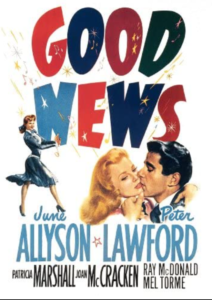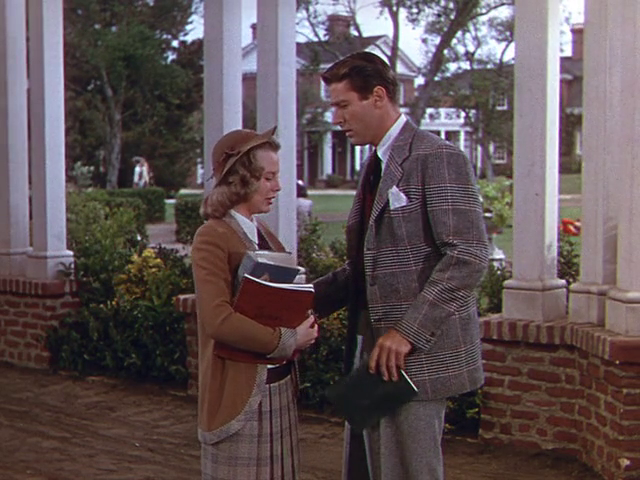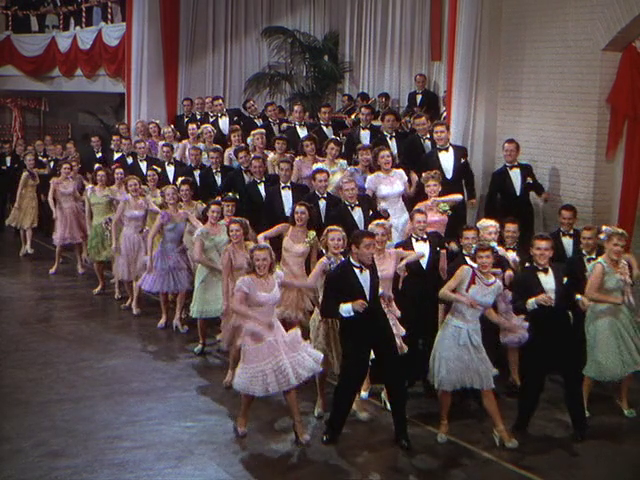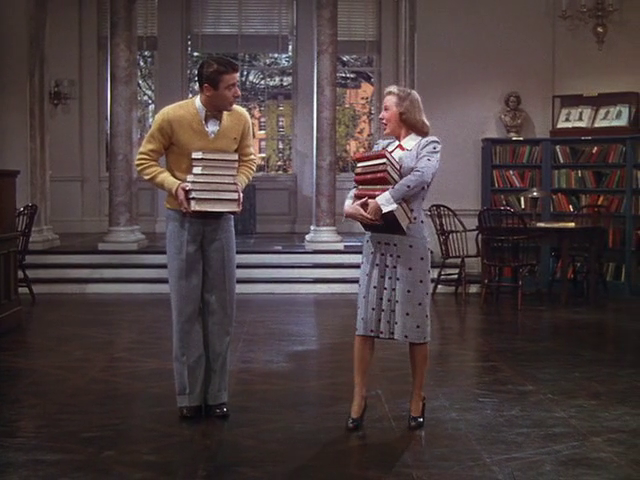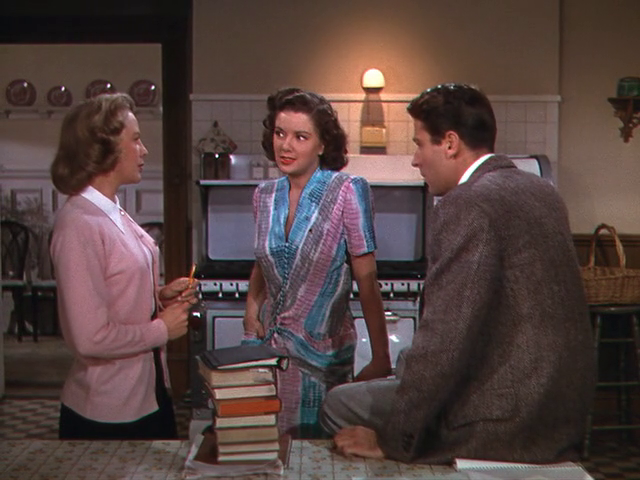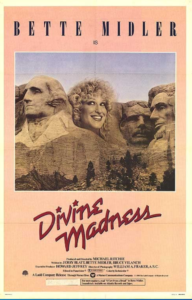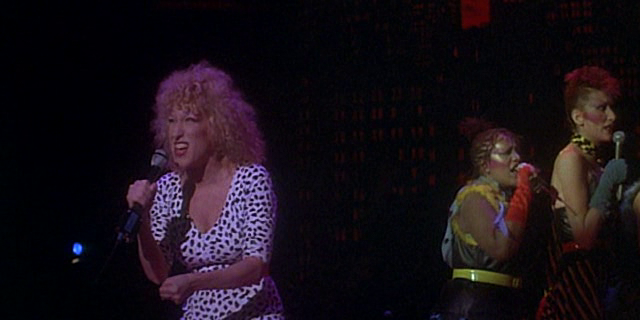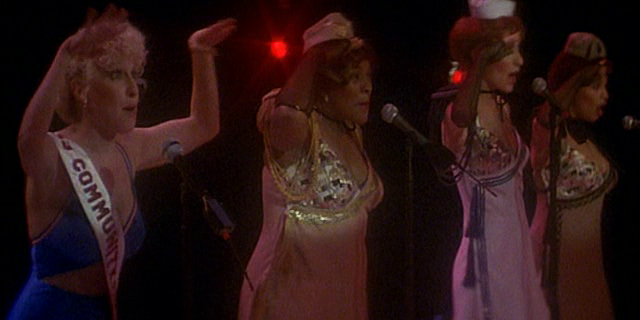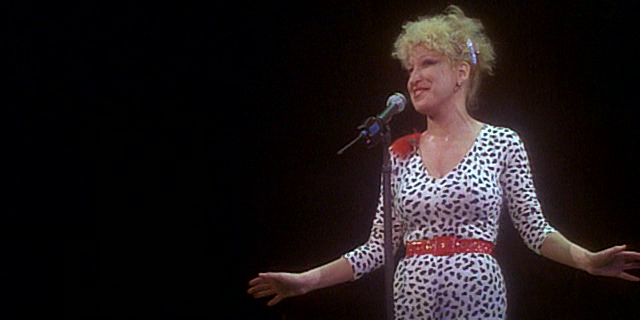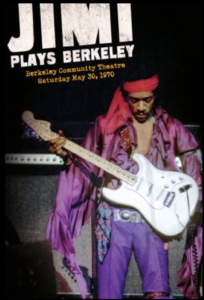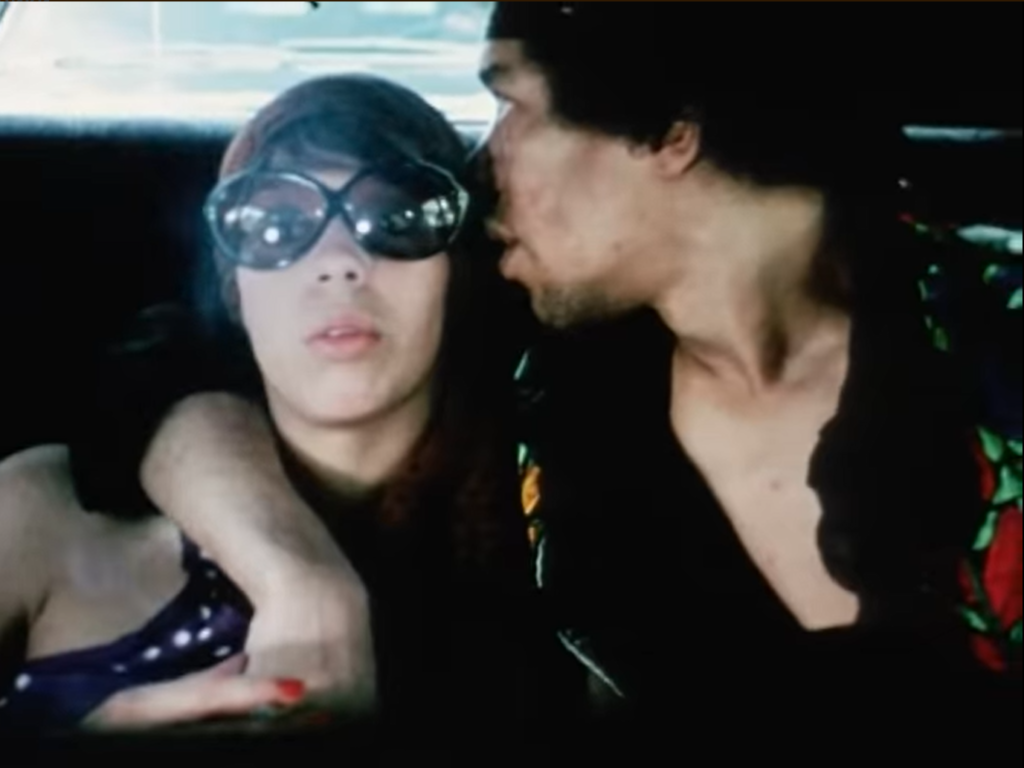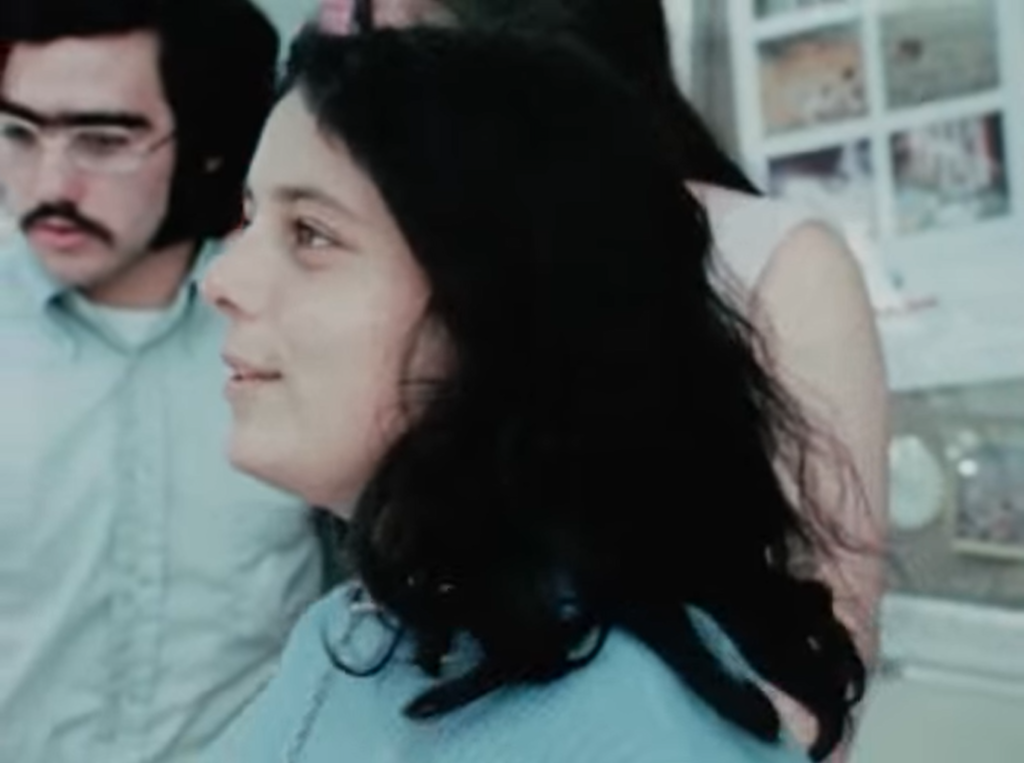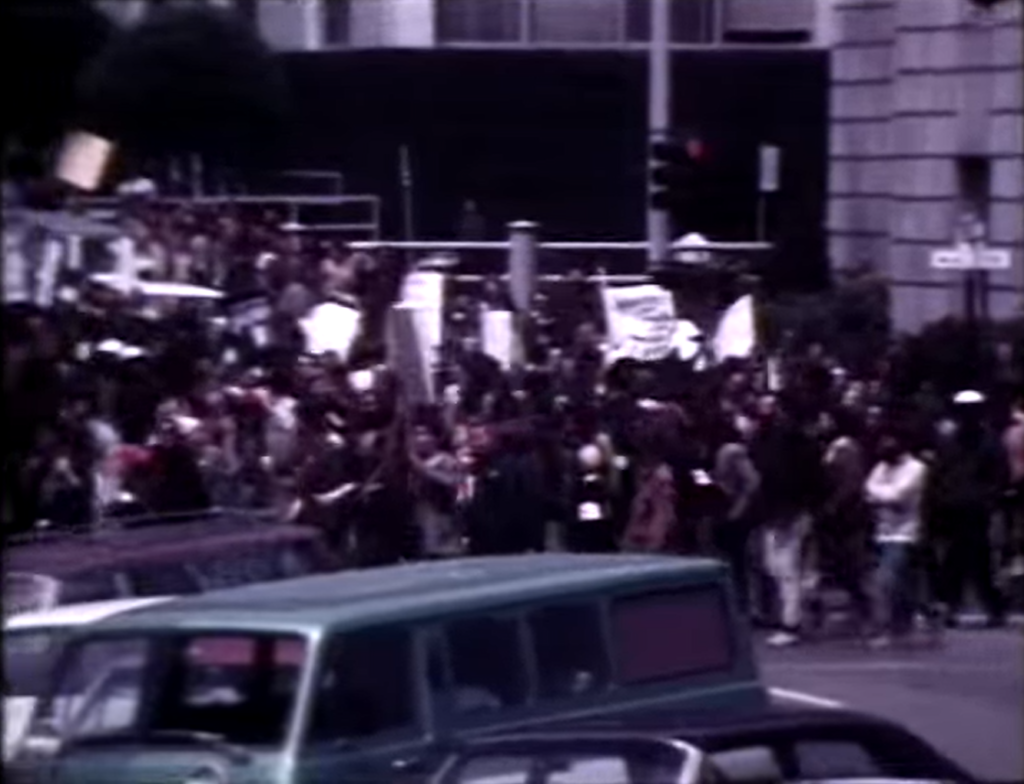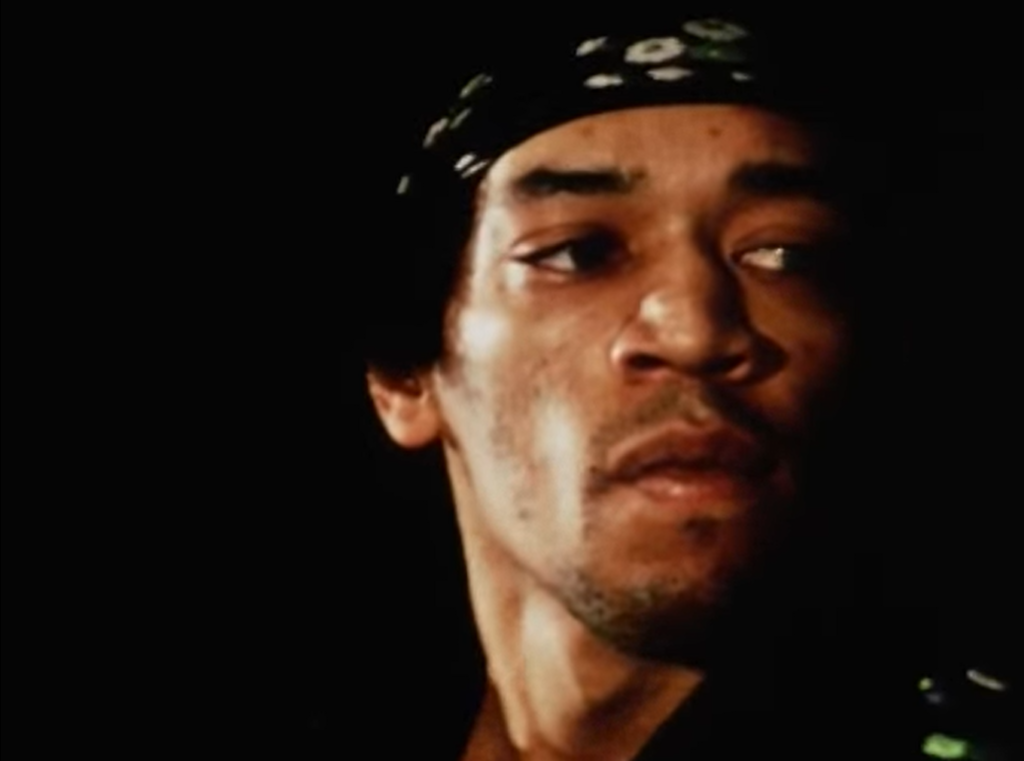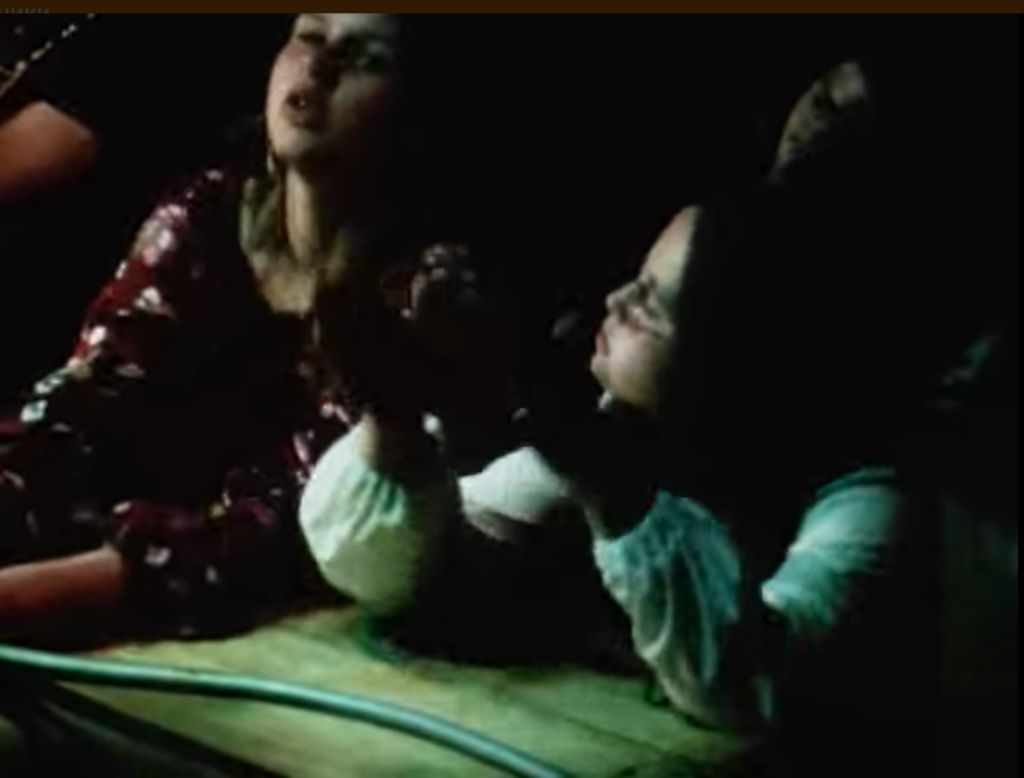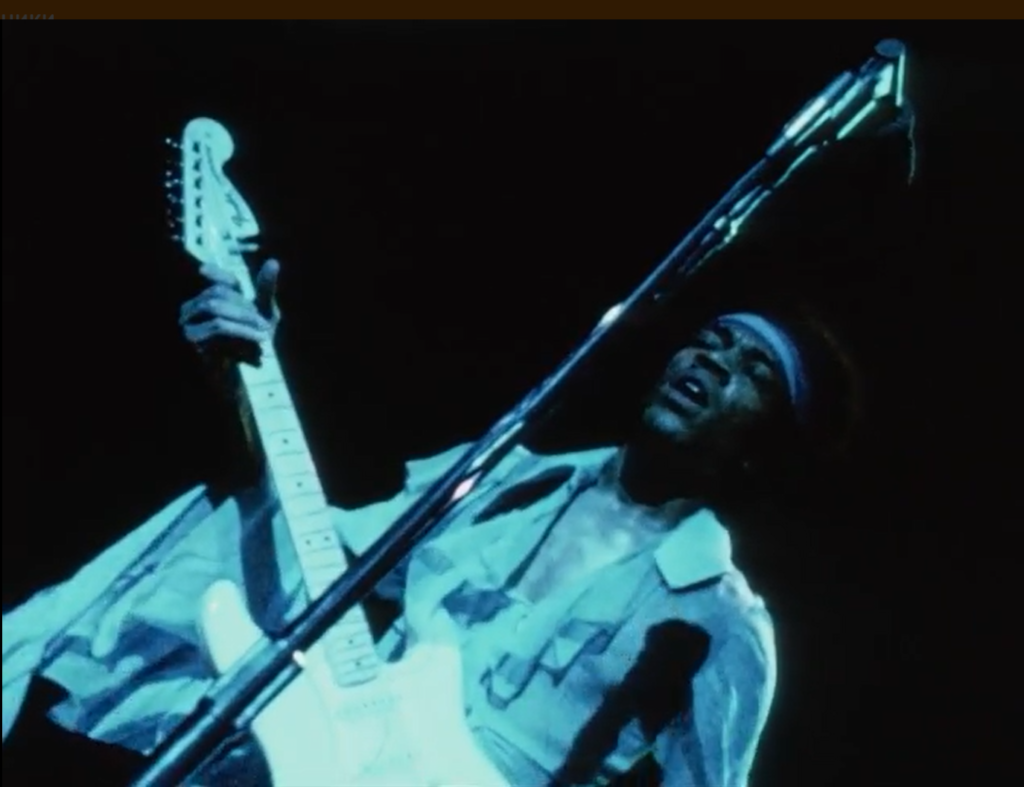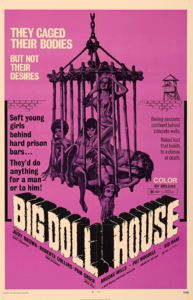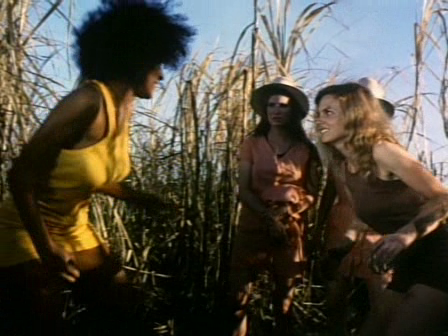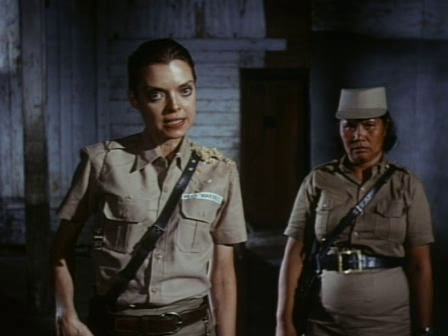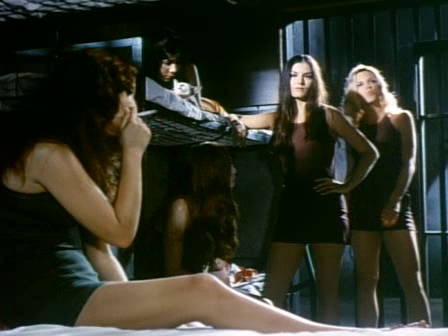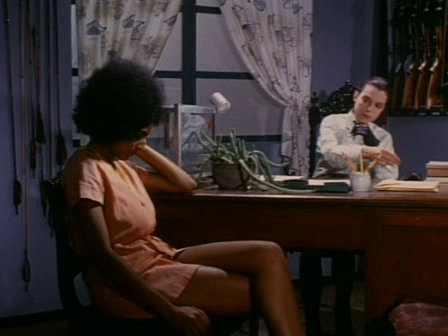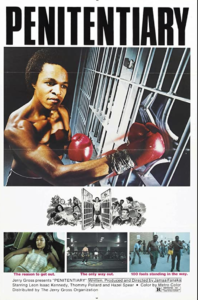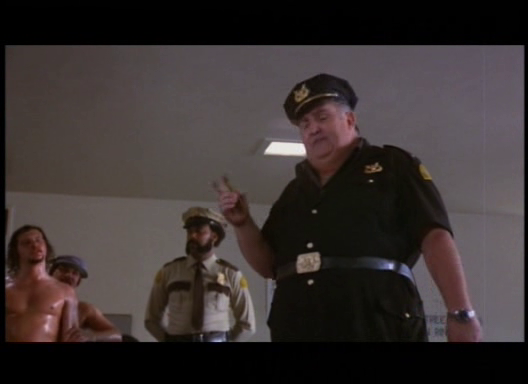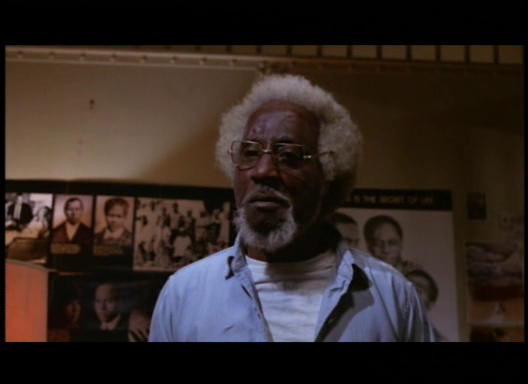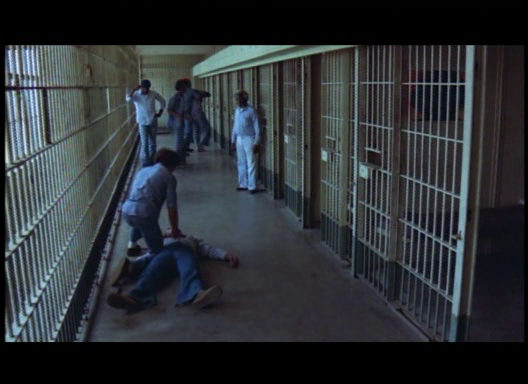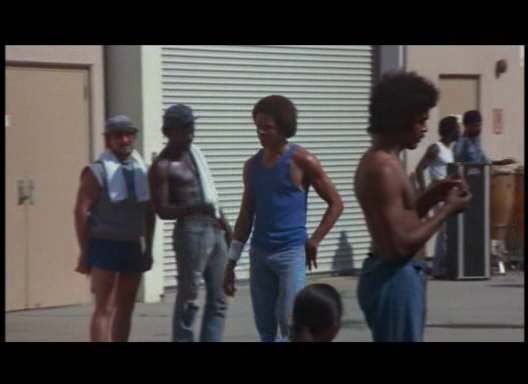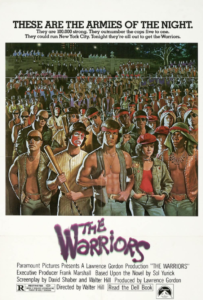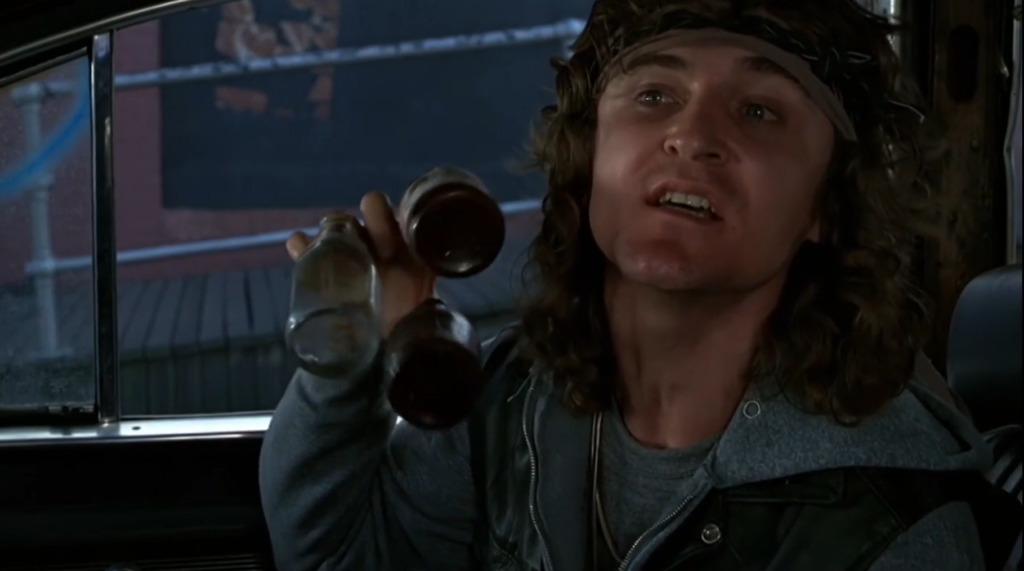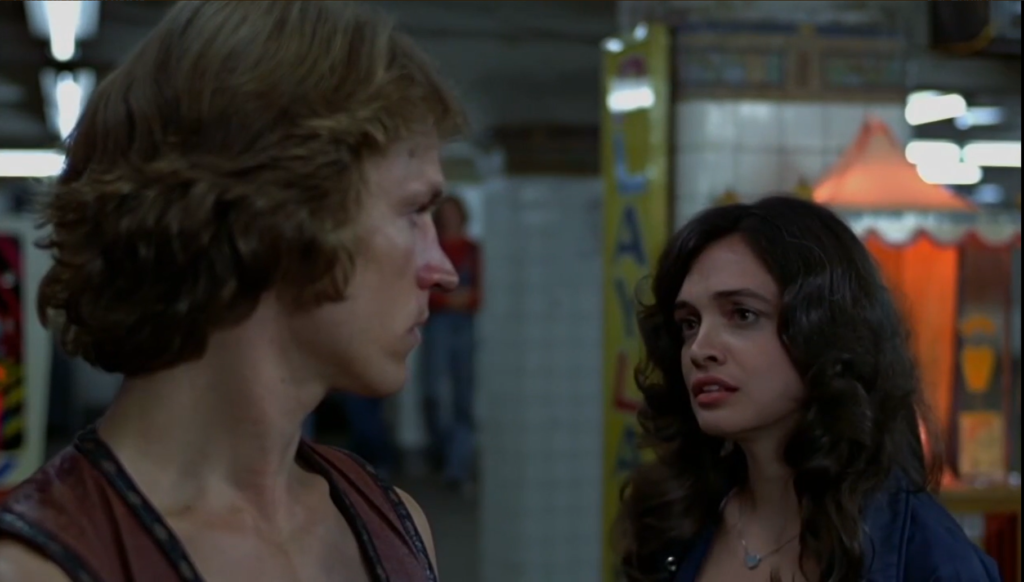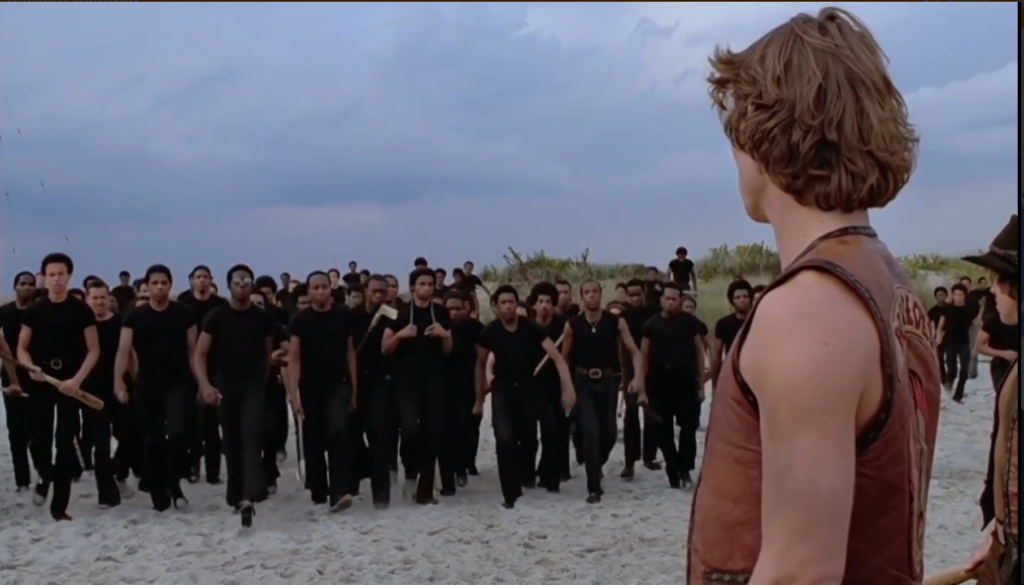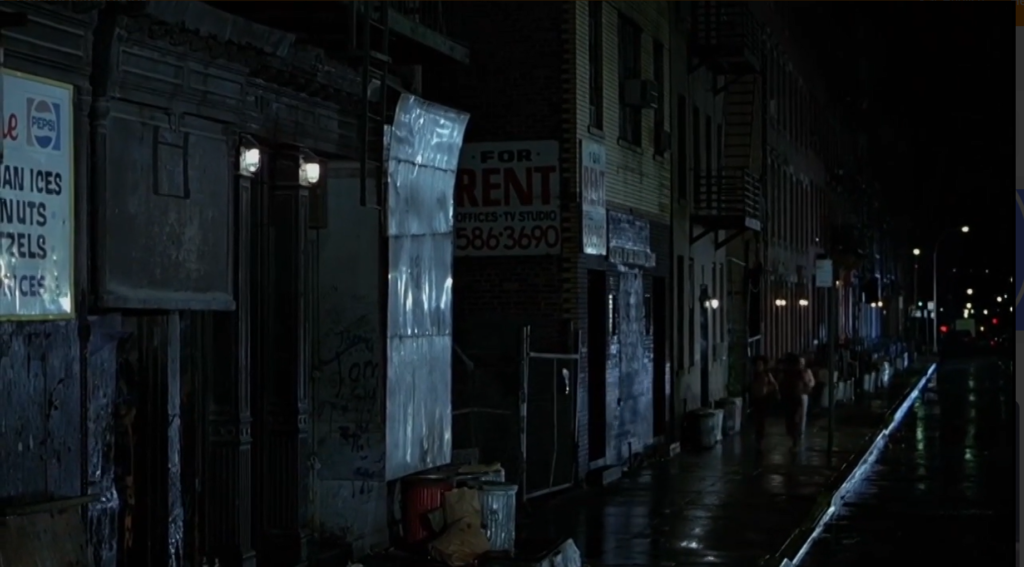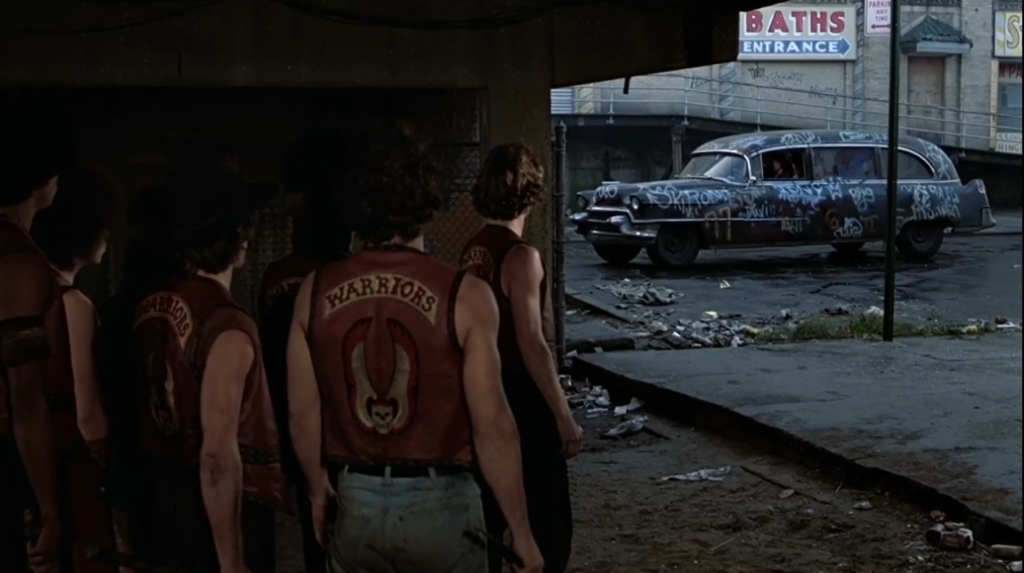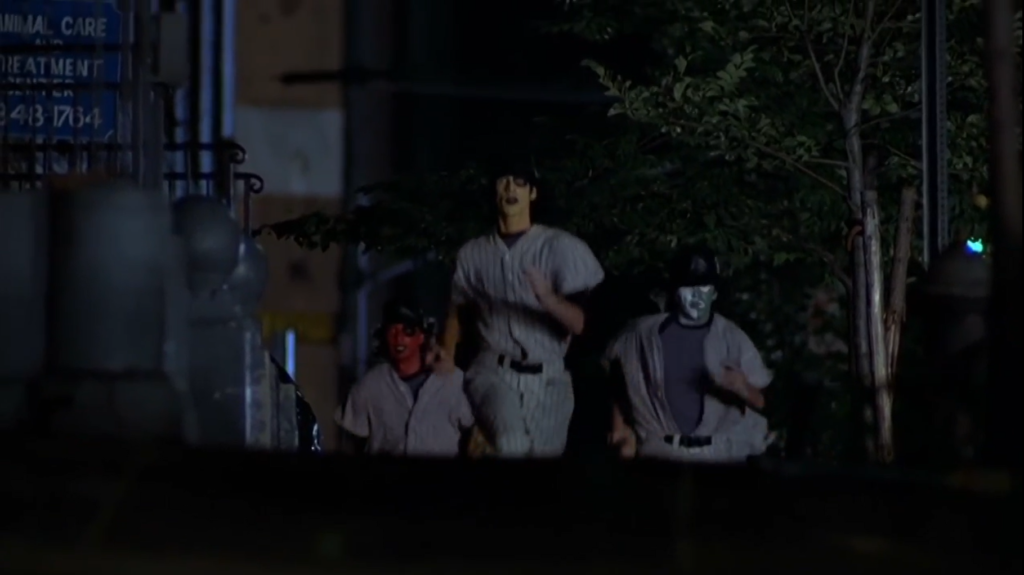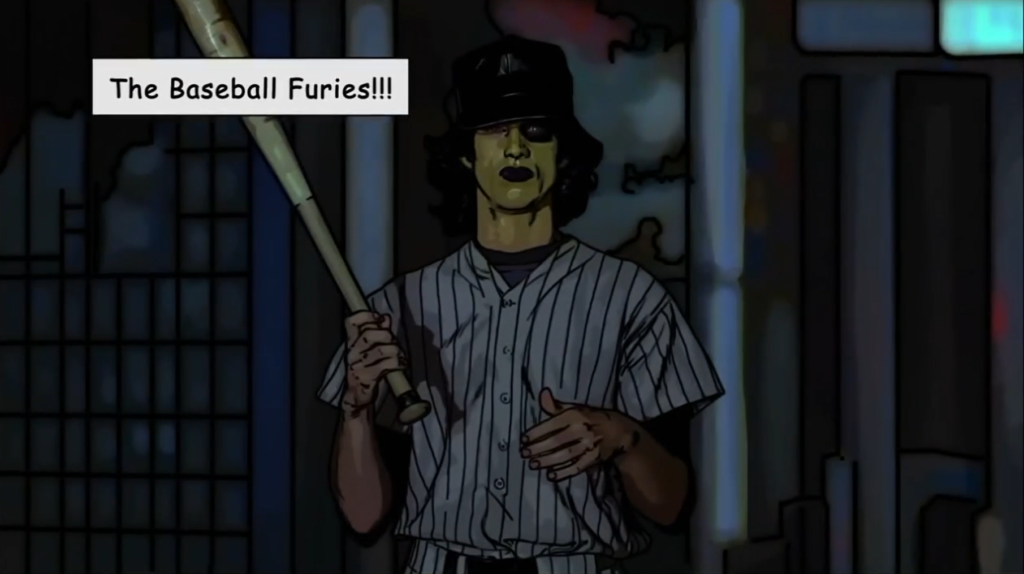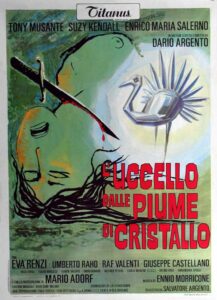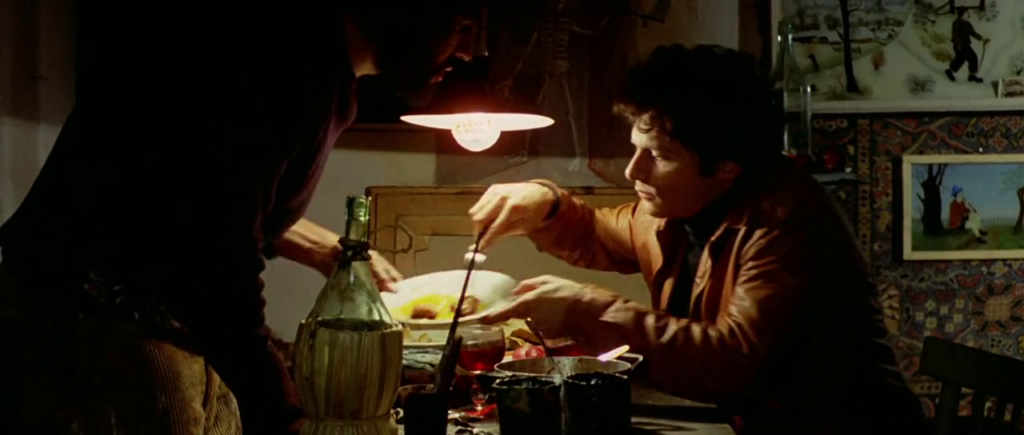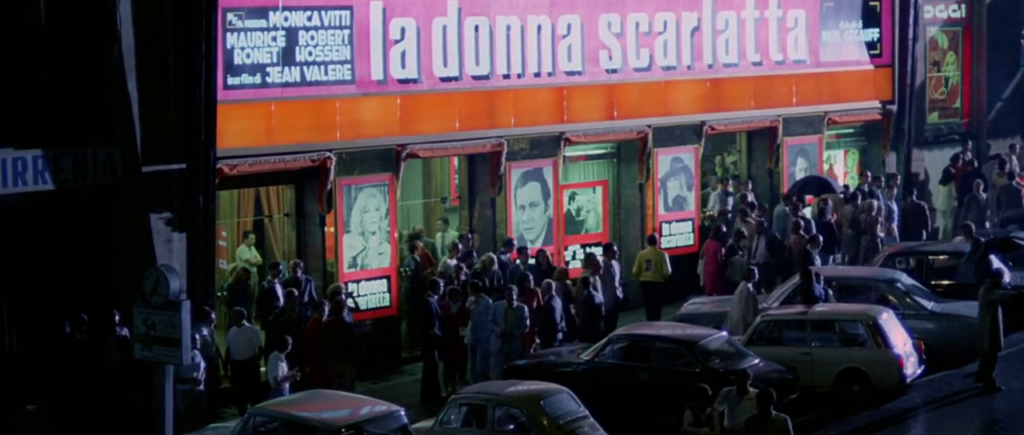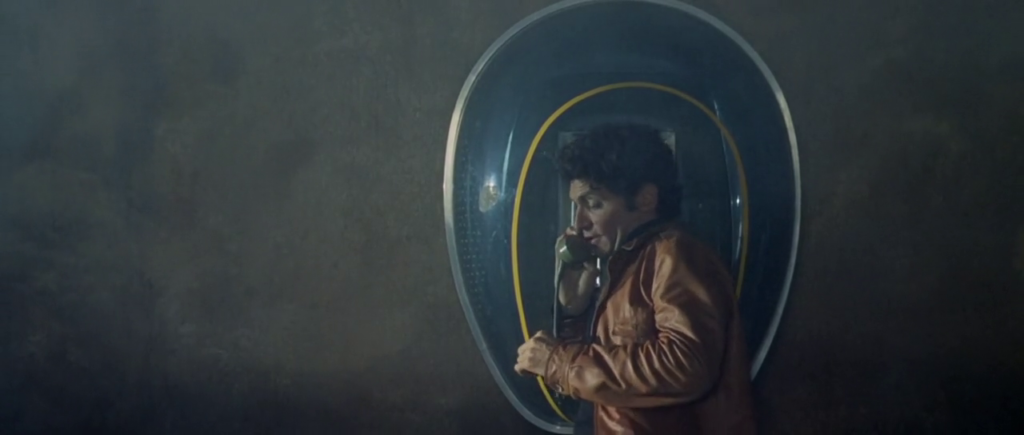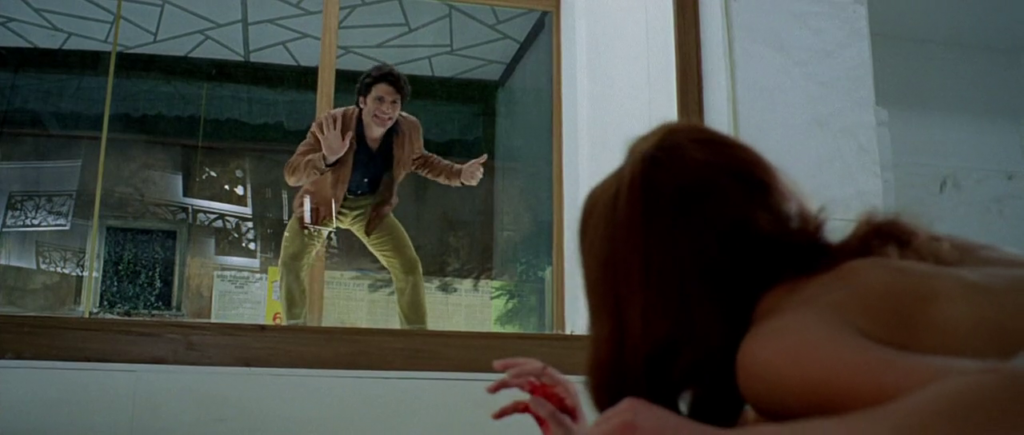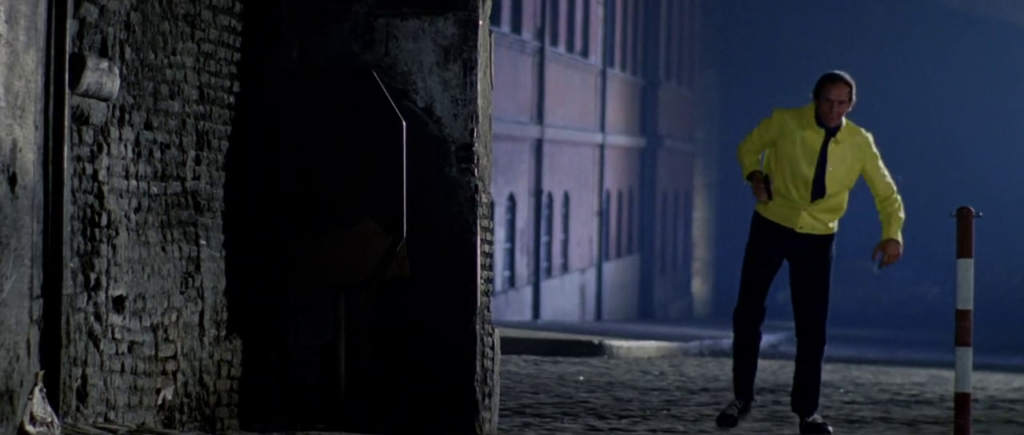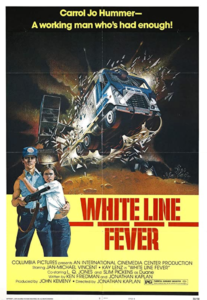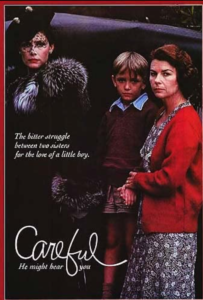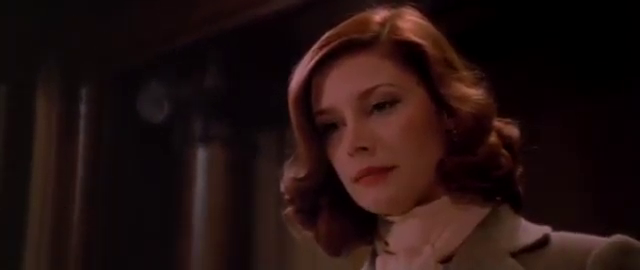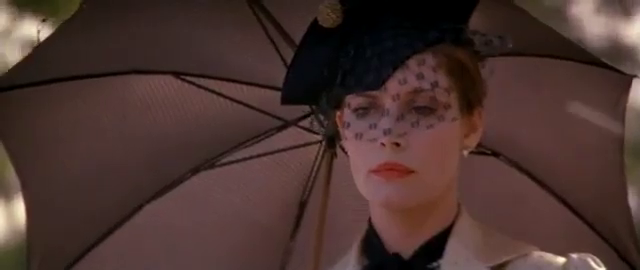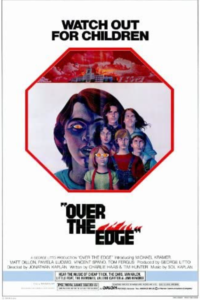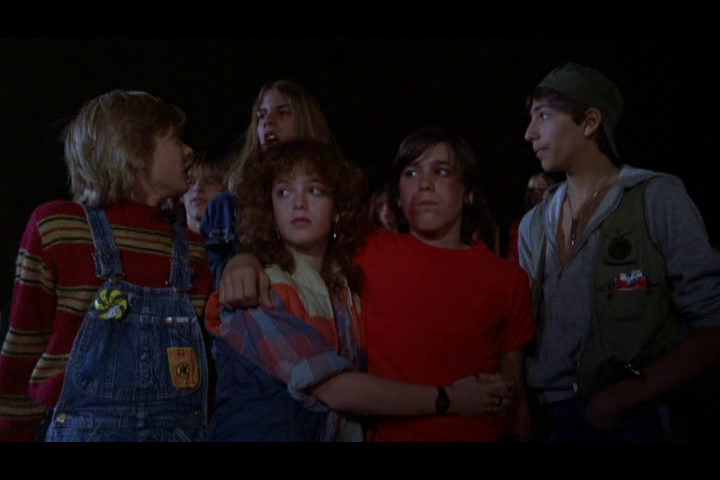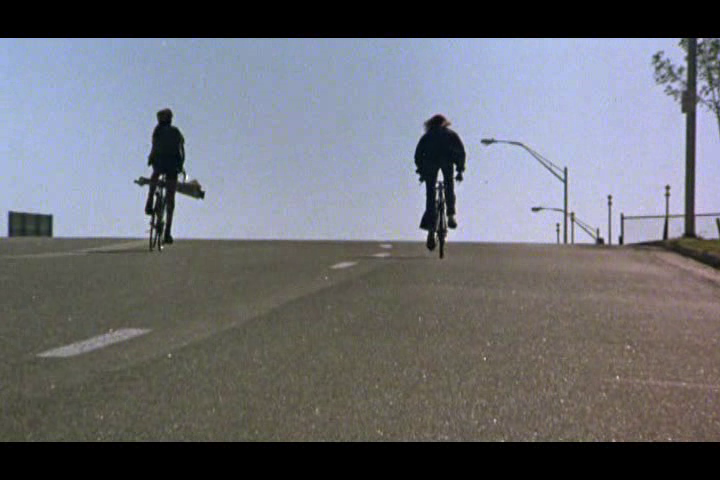|
Genres, Themes, Actors, and Directors:
- Corruption
- Dick Miller Films
- Revenge
- Truckers
Review:
Named for the phenomenon experienced by long-haul truckers who enter a state of “highway hypnosis” (also known as “white line fever”), this exploitation flick by writer-director Jonathan Kaplan is a disappointment on every count. After an opening musical photo montage depicting Vincent and Lenz’s happy newlywed life together — including friendship with Lenz’s older brother (Jamie Anderson) (you can tell he’s her older brother from the package below):
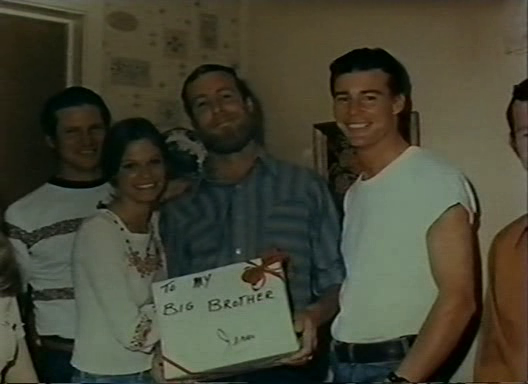
… Vincent and Lenz are quickly (within the first five minutes of the movie) spending money they don’t yet have to invest in a long-haul truck.
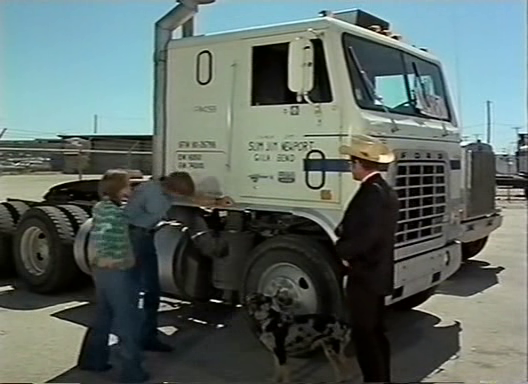
However, after going to see an old family “friend” (Slim Pickens) for work:
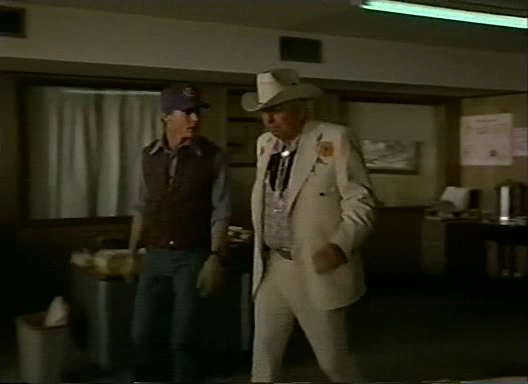
… Vincent is astonished — astonished! — to learn that corruption is rampant in trucking, and in order to get any jobs at all, he must be willing to transport undercover cigarette machines. Our plucky protagonist refuses even to consider this, and thus starts the remainder of his bold but tragic journey, which includes the sudden brandishing of a powerful weapon (is this considered “logical”, given his military past?):
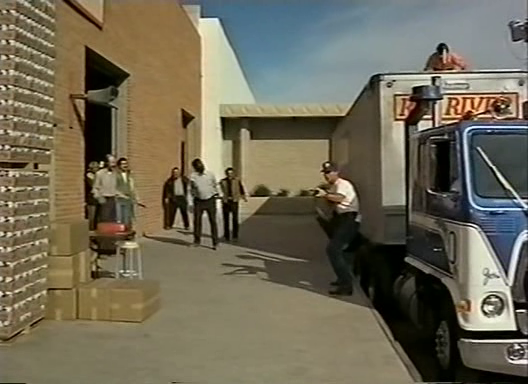
… and an ensuing cat-and-mouse tale between The Bad White Guys in Power and righteous Vincent, helped occasionally by those “on his side” — including an older Black man (Sam Laws):
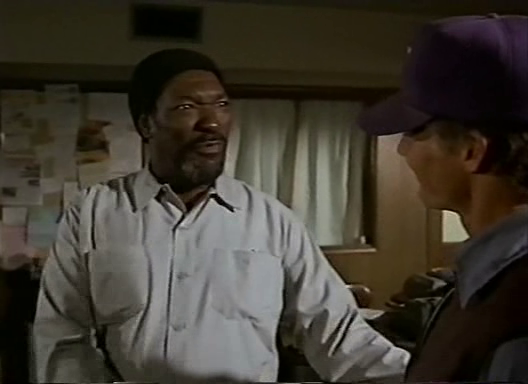
whose son disapproves of his dad being friendly with a white guy. Laws endures racist slurs hurled at him by The Bad White Guys in Power, who also happen to be sexist pigs.
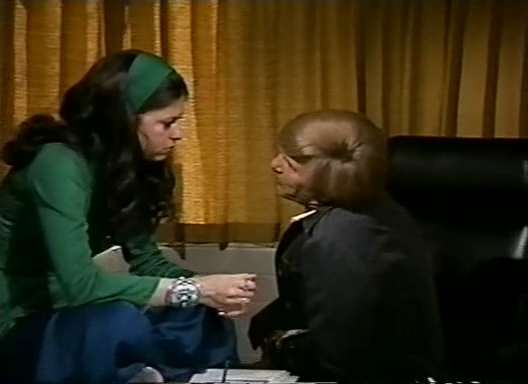
Meanwhile, Lenz — who hates her factory job but doesn’t have any other training or education — glibly falsifies her resume in an attempt to get a more interesting job:
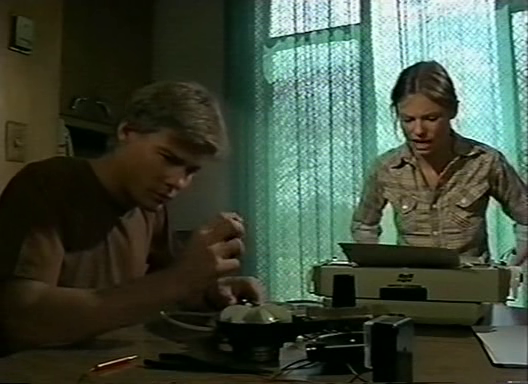
… and then we see her in a so-sad “family planning clinic” due to becoming pregnant before she and Vincent are ready to be parents. (Clearly they don’t really know the meaning of love — and the clinic doesn’t know that you can’t just cram two shorter words together to make a longer word.)

The drama continues.
(SPOILER ALERT)
After engaging in a bold top-of-truck shootout with henchmen of the Bad White Men in Power:
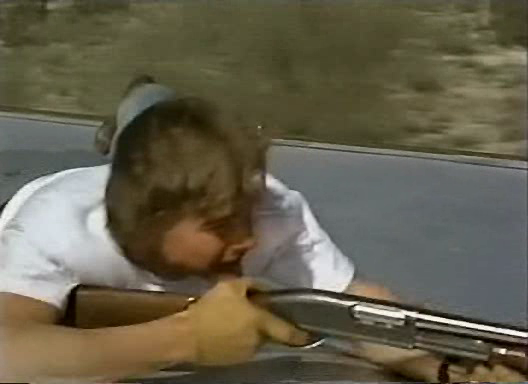
… Vincent is tricked into hauling a truck full of overripe avocados (worth nothing at his final destination).

He’s justifiably pissed, and the vendetta continues. Eventually he’s framed for the murder of an increasingly unsympathetic Pickens (seen here about to offer his tarty date a box of “European chocolates”):
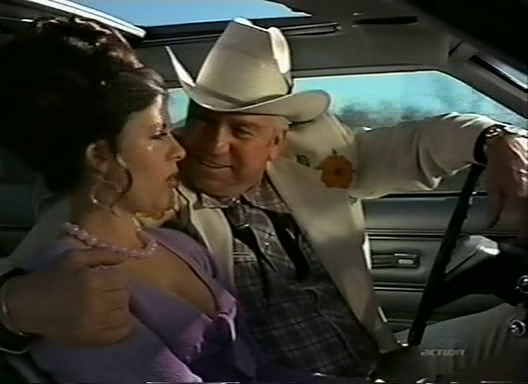
Within the span of just a few minutes, however, Lenz (still secretly pregnant) testifies on Vincent’s behalf and saves his life.
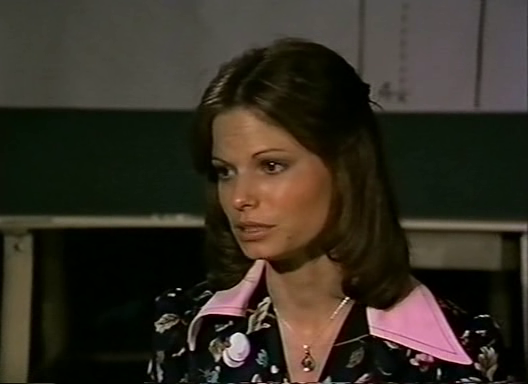
All of this happens before Lenz gets up the courage to finally tell Vincent she’s pregnant, only to walk immediately into her bedroom and discover Laws brutally murdered on their bed.

After this, the couple is nearly burned alive in a retributive house fire:
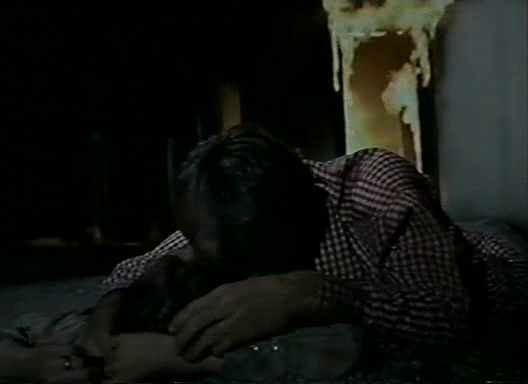
which causes Lenz to miscarry, never able to bear children again.
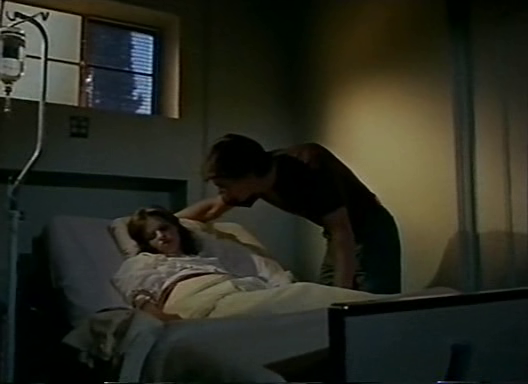
(You’d be forgiven for assuming you’d dropped into a movie-length soap opera by this point. And yes, there are more details I’m not including.)
While there’s clearly a valuable story to be told about the challenges of trucking, the nobility of Standing Up to the Man, and the importance of unionizing, this isn’t it. Given that Kaplan went on to make Over the Edge (1979), Heart Like a Wheel (1983), Project X (1987), and The Accused (1988), his talents and tastes clearly evolved.
Oh, and Dick Miller appears a couple of times, presumably to reassure you that you are indeed in exploitation-film land, despite this film being made for a major studio (Columbia Pictures).
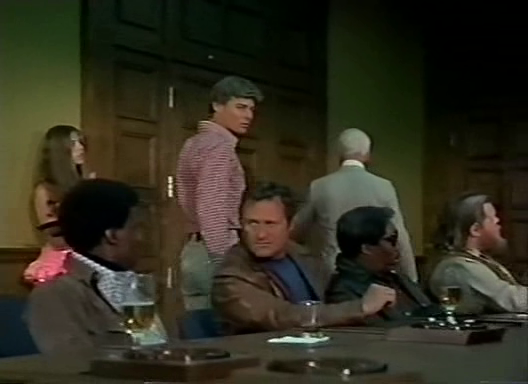
Redeeming Qualities and Moments:
- Pretty landscape footage across America

Must See?
Oh boy, no. Listed as a Cult Movie in the back of Peary’s book.
Links:
|
